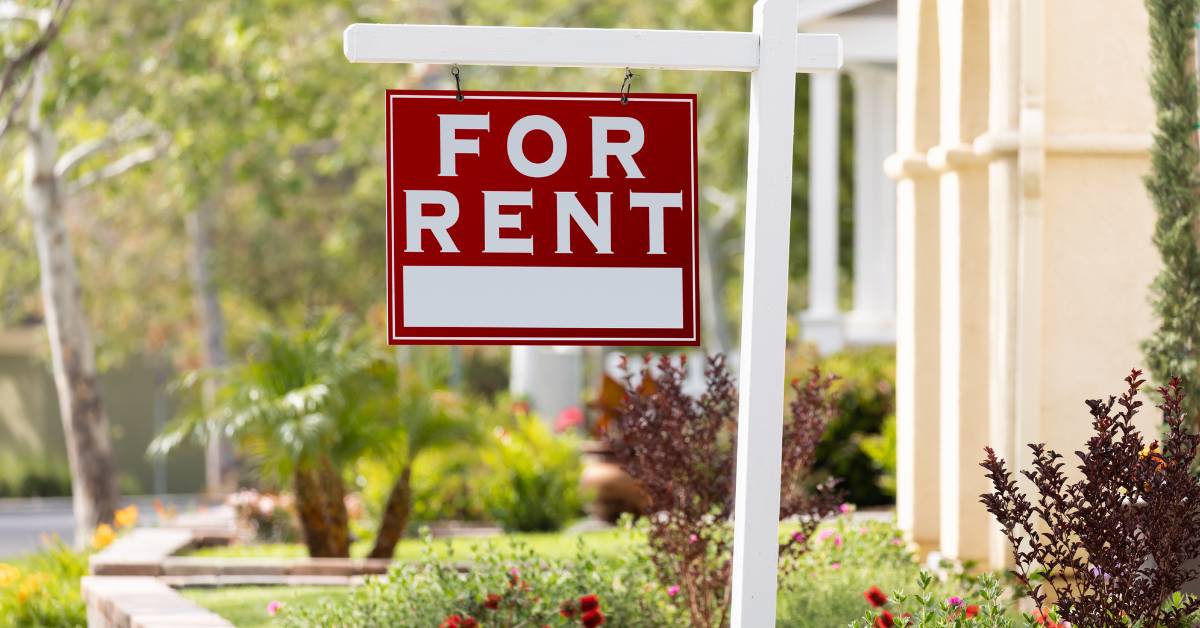As the real estate market continues to boom, more and more potential homebuyers are exploring whether they can use USDA loans to purchase a second property.
But can you really use a USDA loan for two homes? Unfortunately, the answer isn’t always obvious.
In this review, we’ll investigate the details of USDA loans and identify their requirements and limitations when using this type of loan to purchase a second property.
By the end, you’ll know whether a USDA loan is an affordable financing option for your vacation home or investment property – so let’s get started!
Can You Have Two USDA Loans?
If you already have an existing USDA loan on your current property and plan to buy a new home in another rural area, you may qualify for a second USDA loan. In order to be eligible, however, you must meet certain criteria.
- Have a legitimate reason for needing two properties, such as job relocation or family needs.
- Meet all eligibility requirements for both loans, including credit and income requirements.
- Pay the guarantee fee associated with both loans.
Are There Any Restrictions On the Use of a USDA Loan for a Second Home?

Yes, there are restrictions to financing a second home with a USDA loan since the loan program is aimed fundamentally at helping first-time homebuyers to become homeowners.
So before applying for a USDA loan, here are some of these restrictions:
- Geographic restrictions: USDA loans can only be utilized in specific rural areas designated by the agency. You cannot use your USDA loan outside these designated areas.
- Occupancy restrictions: USDA loans require you to occupy the property as your primary residence, meaning you cannot use a USDA loan to buy a second home or vacation property that you do not plan on living in full-time.
- Property usage: USDA loans are designed for primary residences, not a vacation or investment properties. Thus, you cannot finance a second home or investment property using a USDA loan.
What Are the Eligibility Requirements for Using A USDA Loan for A Second Home?
The eligibility requirements for a first USDA loan aren’t any different from the second home if you meet the exceptions for one.
Here’s what you should know:
- Income requirements: USDA loans are designed to aid low to moderate-income households. Therefore, in order to be eligible for a USDA loan for a second home, you must meet the program’s income criteria. These may differ based on location, family size, and other factors.
- Occupancy requirements: In order to meet the occupancy criteria for a USDA loan program, you must live in your property as your primary residence throughout its entirety.
- Property location: When purchasing a second home, the home must be situated in an eligible rural area as defined by the USDA. These areas are generally outside urban centers with populations of 10,000 or fewer individuals.
Can You Rent Out a Second Home Purchased with a USDA Loan?

The USDA loan is intended for primary residences – meaning the primary residence should be your main residence. However, there are some situations that may allow you to rent out your second home.
For example, once you have paid off your USDA loan in full, you are generally free to rent out the home if you choose to do so since you have full ownership of the property and can use it as you wish.
If you plan to use the second home primarily as vacation or rental property, other financing options may be more suitable as the USDA loan may not meet all your needs. Other government-backed mortgages like the FHA loan may be ideal.
Learn about the differences between the USDA and FHA loans to get a fair idea of what each brings to the table.
What Is the Maximum Loan Amount for a USDA Loan Used for a Second Home?
The maximum loan amount available under a USDA loan when using it as a second residence is the same as for a primary residence. Thus it’s important to understand how the USDA loan works before your application.
Generally, it depends on your credit rating, debt-to-income ratio, income, and other factors. Keep in mind that USDA loans have caps based on county location which determine how much can be borrowed.
They are a great option for purchasing a primary residence or second home in rural areas; however, the amount may not be enough for high-cost areas or luxury homes. In such cases, consider other loan options like bank loans or jumbo loans.
What Are the Pros and Cons of Utilizing a USDA Loan to Purchase a Second Home?

Buying a second home with a USDA loan comes with its own advantages and disadvantages. Let’s explore.
Pros:
- Low-interest rates: USDA loans typically feature lower interest rates than conventional loans, which could save you money over the life of the loan.
- Low monthly mortgage insurance premium: USDA loans have a lower monthly mortgage insurance premium than other government-backed loans such as FHA.
- No down payment needed: One of the key advantages of a USDA loan is that there’s no down payment required. This means you can purchase a second home with no upfront cash outlay, providing significant relief.
Cons:
- Guarantee fee: USDA loans require a guarantee fee, which applies when buying a second home. This could increase the loan amount.
- Limited eligibility: To take out a USDA loan for a second home, you must meet specific income and location qualifications.
- Property restrictions: USDA loans have property eligibility criteria, meaning not all properties qualify. Additionally, you cannot use a USDA loan to buy a second home that you plan on renting out as either a vacation or rental property.
Frequently Asked Questions
Are the interest rates for a USDA loan on a second home different than those for a primary residence?
Yes, USDA loans on second homes may offer higher interest rates than primary residences. USDA loans were designed to assist low and moderate-income families purchase primary residences in rural communities.
Thus, they may have stricter requirements regarding second homes due to them being considered riskier by lenders and therefore carrying a higher risk. To offset that potential liability, lenders may charge slightly higher interest rates for second homes.
To get better payment terms on a USDA loan, consider refinancing.
Can you apply for multiple USDA loans for different second homes?
No, multiple USDA loans cannot be requested simultaneously to purchase multiple secondary homes. USDA loans offer affordable homeownership opportunities to low and moderate-income families in rural areas and therefore it’s not possible to secure multiple USDA loans simultaneously.
Can you use a USDA loan for a vacation home?
Unfortunately, you can’t use the USDA loan for financing your vacation home. USDA loans are meant for primary residences only – meaning the property must have at least one primary residence and be situated within an eligible rural area as defined by the USDA regulations. You can also use them for building a new home in a rural or suburban area through the USDA construction loan.
Should You Get a Second Home?
The decision to get a second home with a USDA loan should depend on your current financial situation. If you’re in a good place to apply for a new loan, then go for it.
And don’t forget to evaluate your current financial standing against the eligibility requirements and restrictions beforehand.
So, are you considering purchasing a second home with the USDA loan and not sure if you qualify? Give us a call. We can discuss the criteria for eligibility with you and provide guidance on a smooth and successful loan application.






